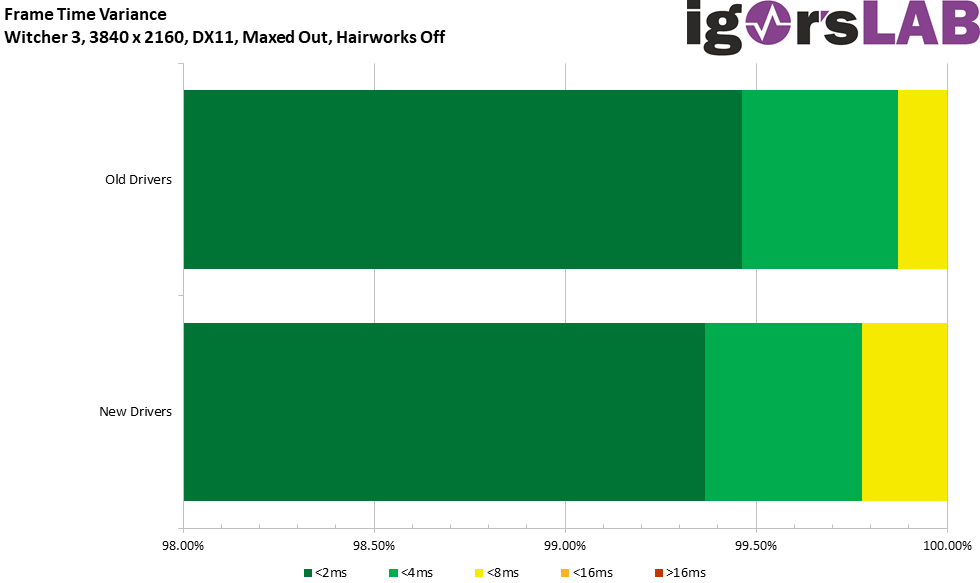Rendering applications are designed to use a ton of graphics horsepower. In other words, their software is coded to scale exponentially more than games (there have actually been instances where games refused to work on core counts higher than 16 in the past). If *a* rendering application can demonstrate the doubling in performance than the hardware is not to blame. The cores aren't inferior. If *all* rendering applications can take full advantage then the low-level driver stack isn't to blame either. This would point the finger at APIs like DirectX, GameReady drivers, and the actual code of gaming engines. So without any further ado, let's take a look.
...
Because the problem with the RTX 30 series is very obviously one that is based in software (NVIDIA quite literally rolled out a GPU so powerful that current software cannot take advantage of it), it is a very good problem to have. AMD GPUs have always been praised for being "fine wine". We posit that NVIDIA's RTX 30 series is going to be the mother of all fine wines. The level of performance enhancement we expect to come for these cards through software in the year to come will be phenomenal. As game drivers, APIs, and game engines catch up in scaling and learn how to deal with the metric butt-ton (pardon my language) of shading cores present in these cards, and DLSS matures as a technology, you are not only going to get close to the 2x performance levels - but eventually, exceed them.
While it is unfortunate that all this performance isn't usable on day one, this might not be entirely NVIDIA's fault (remember, we only the problem is on the software side, we don't know for sure whether the drivers or game engines or the API is to blame for the performance loss) and one thing is for sure: you will see chunks of this performance get unlocked in the months to come as the software side matures. In other words, you are looking at the first NVIDIA Fine Wine. While previous generations usually had their full performance unlocked on day one, NVIDIA RTX 30 series does not and you would do well to remember that when making any purchasing decisions.
Fine wine aside, this also has another very interesting side effect. I expect next to no negative performance scaling as we move down the roster. Because the performance of the RTX 30 series is essentially being software-bottlenecked and the parameter around which the bottleneck is revolving appears to be the number of cores, this should mean that less powerful cards are going to experience significantly less bottlenecking (and therefore higher scaling). In fact, I am going to make a prediction: the RTX 3060 Ti for example (with 512 more cores than the RTX 2080 Ti) should experience much better scaling than its elder brothers and still beat the RTX 2080 Ti! The less the core count, the better the scaling essentially.


